Dams play a vital role in water management, energy production, and flood control. Over time, dams may require improvements and maintenance to ensure their continued functionality and safety. While blasting has traditionally been used for dam construction and repairs, modern advancements offer alternative methods that are safer, more environmentally friendly, and equally effective. In this blog, we will dive into these blasting alternatives, highlighting their benefits and best practices for enhancing dam infrastructure.





Understanding the Need for Dam Improvements:
Before embarking on any dam improvement project, a comprehensive assessment of the dam’s condition is essential. Identify areas of concern, such as structural weaknesses, erosion, sediment buildup, or changing hydraulic conditions. This assessment will guide the selection of the most suitable blasting alternative. We have listed the typical alternatives below:
- Expanding Grout for Controlled Demolition: Expanding grout, a non-explosive demolition agent, is an effective and controlled method for dam improvements. It involves drilling holes into the targeted area and introducing expanding grout that fractures the material as it cures. This controlled process minimizes vibration, noise, and environmental impact, making it ideal for sensitive dam environments.
- Hydrodemolition for Precision and Safety: Hydrodemolition utilizes high-pressure water jets to remove deteriorated concrete, rust, and other materials from the dam’s surface. This method is precise, controlled, and minimizes damage to the underlying structure. Hydrodemolition also reduces the risk of micro-cracking that may occur with traditional blasting methods.
- Mechanical Methods for Strategic Modifications: Mechanized techniques such as diamond wire sawing, rock splitting, and core drilling offer precise options for cutting, shaping, or removing sections of a dam. These methods are particularly useful for targeted modifications, such as creating spillways or modifying water flow patterns.
- Strengthening and Reinforcement: In cases where dam integrity needs to be improved, techniques like shotcrete or grouting can be employed. Shotcrete involves spraying concrete onto surfaces, while grouting involves injecting cement-based material into voids or fractures. These methods enhance the dam’s structural strength and stability.
Environmental Considerations:
Blasting alternatives inherently contribute to a reduced environmental footprint compared to traditional blasting methods. They generate minimal dust, vibration, and noise, which is crucial for protecting aquatic ecosystems and nearby communities.
Safety First:
Prioritize safety during every stage of the dam improvement process. Ensure that workers are trained in the specific blasting alternative being used and that proper safety measures are in place to prevent accidents.
Collaboration and Expertise:
Dam improvement projects require multidisciplinary collaboration involving engineers, geologists, hydrologists, and construction professionals. Their combined expertise ensures that the chosen blasting alternative is well-suited to the dam’s unique characteristics and the intended improvements.
Monitoring and Maintenance:
After implementing blasting alternatives, regularly monitor the dam’s condition to assess the effectiveness of the improvements. Address any issues promptly and perform routine maintenance to prolong the dam’s lifespan.
Advancements in technology have paved the way for safer, more precise, and environmentally conscious alternatives to traditional blasting for dam improvements. Expanding grout, hydrodemolition, mechanical methods, and reinforcement techniques offer a range of options for enhancing dam infrastructure while minimizing the impact on surrounding ecosystems and communities. By prioritizing safety, collaboration, and ongoing maintenance, dam owners and stakeholders can ensure the longevity and resilience of these critical structures for generations to come.

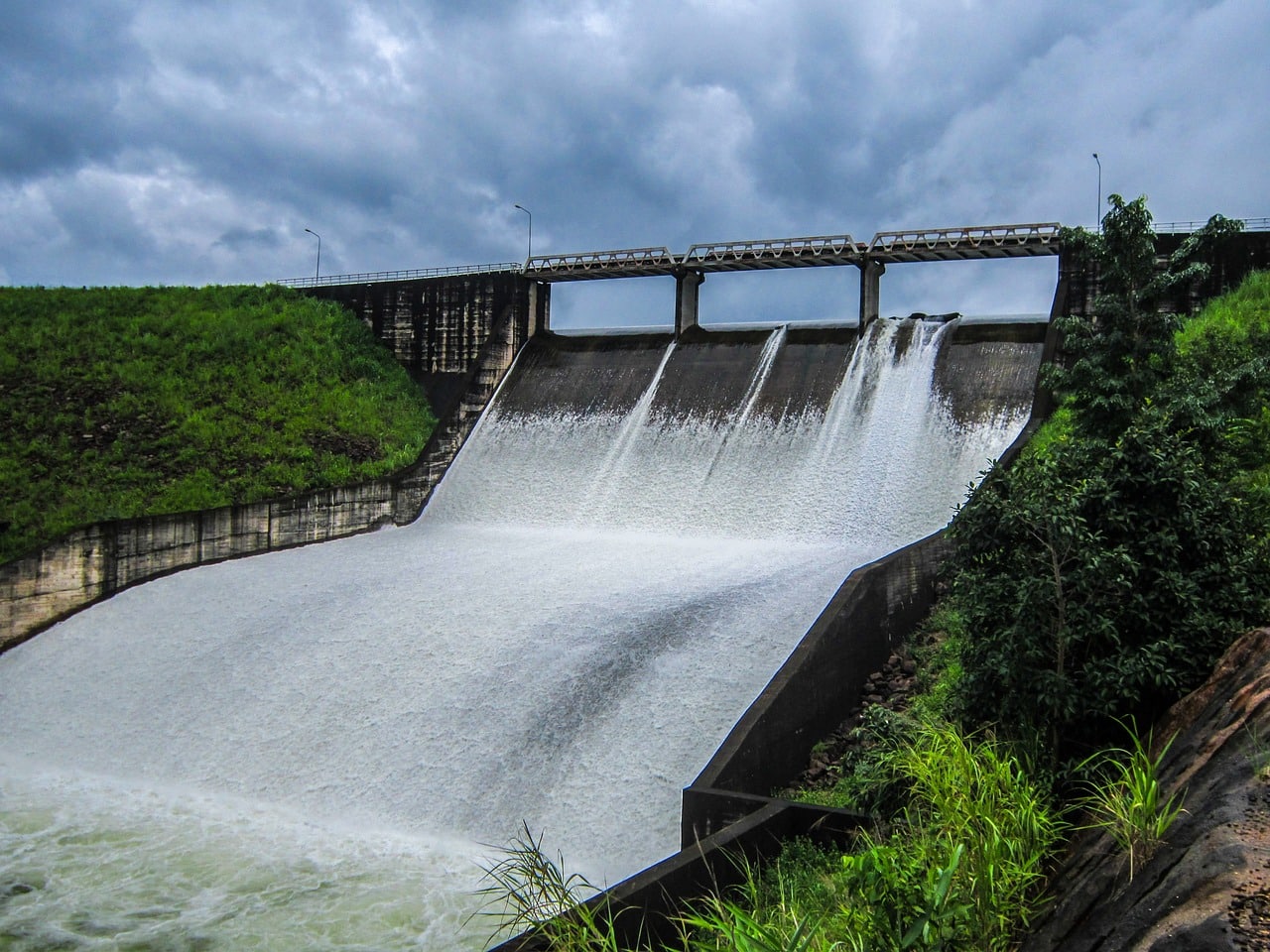

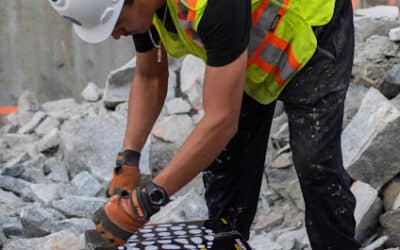
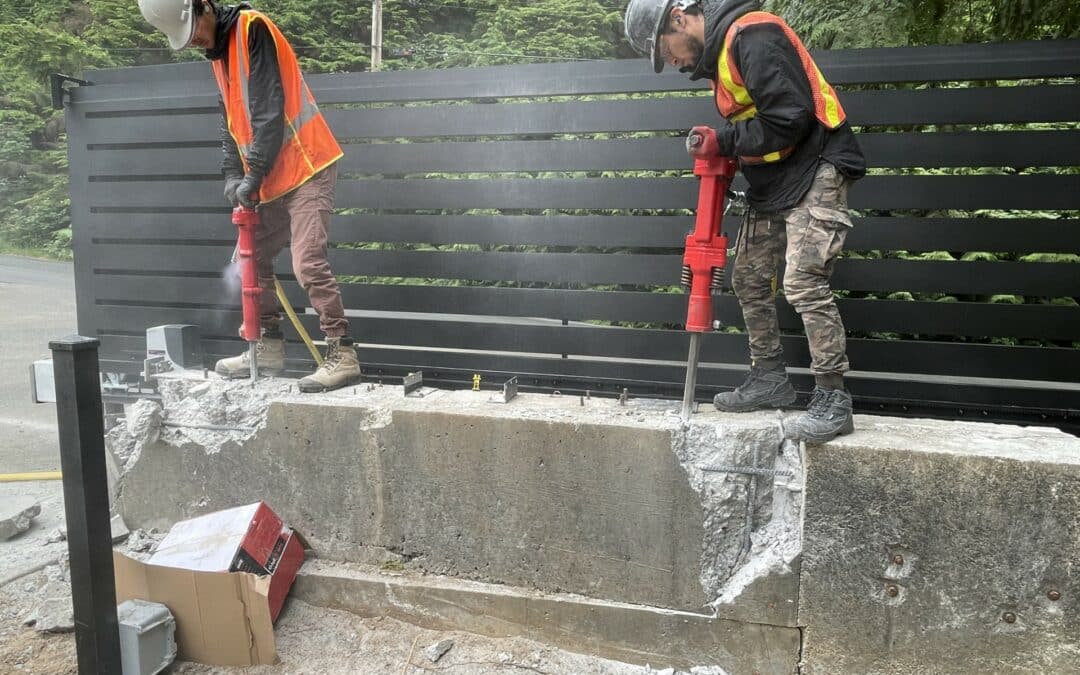
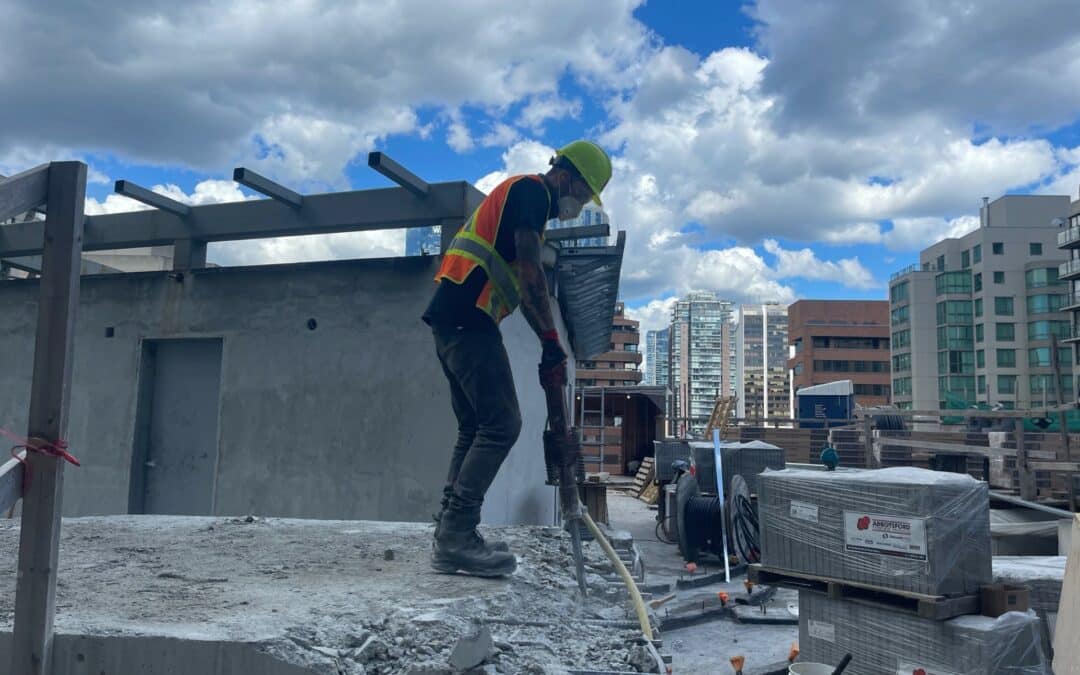
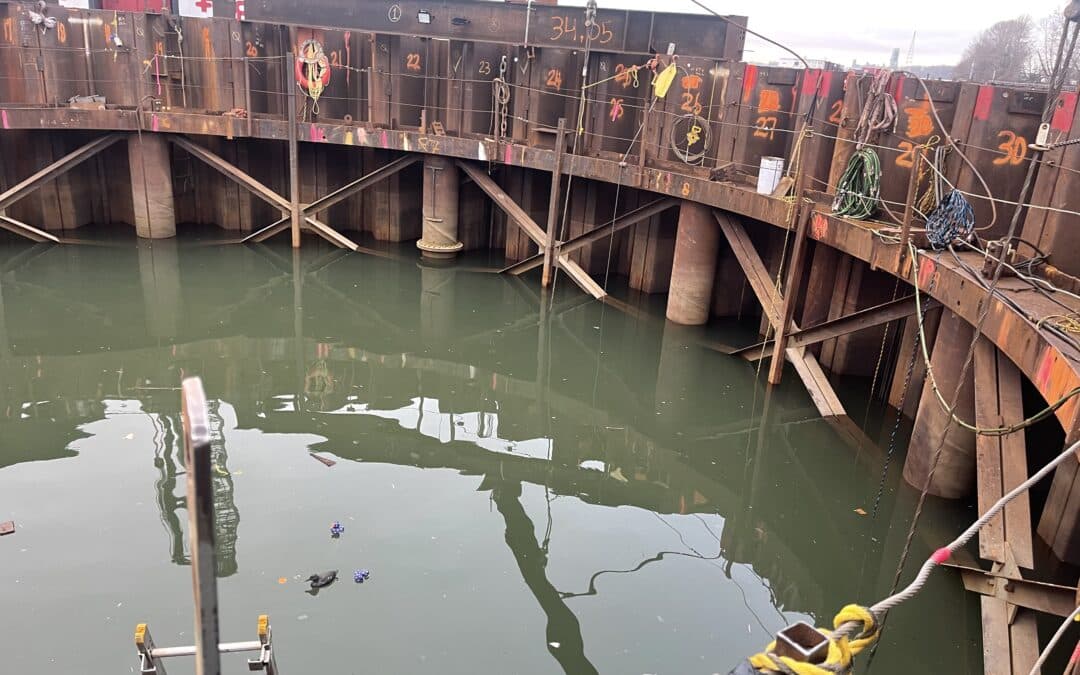
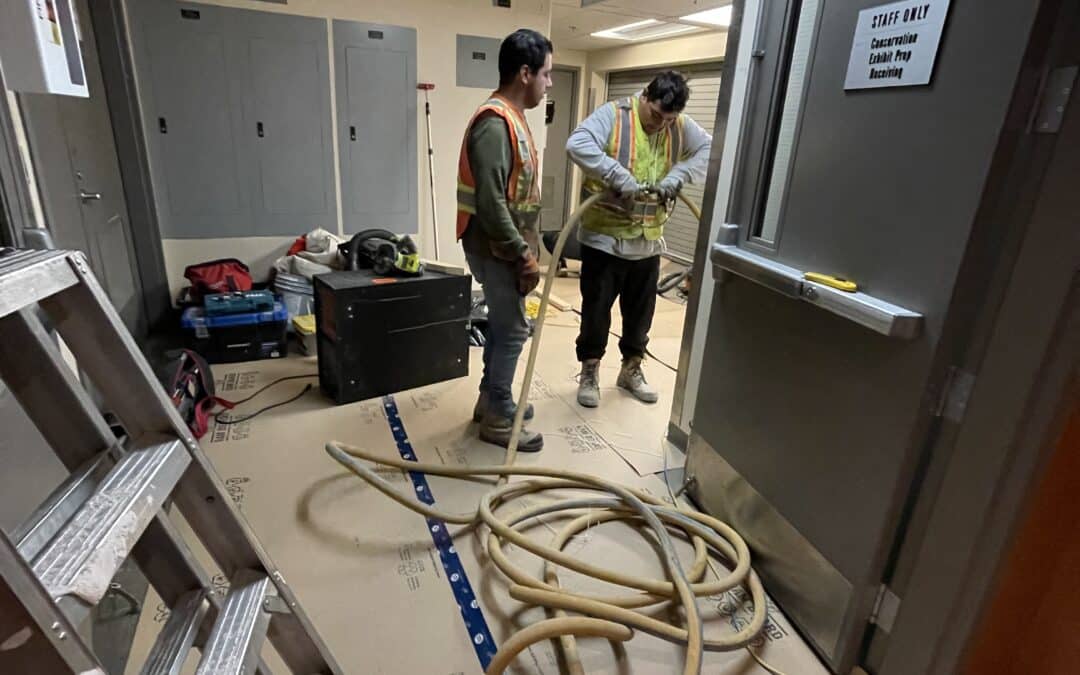
0 Comments